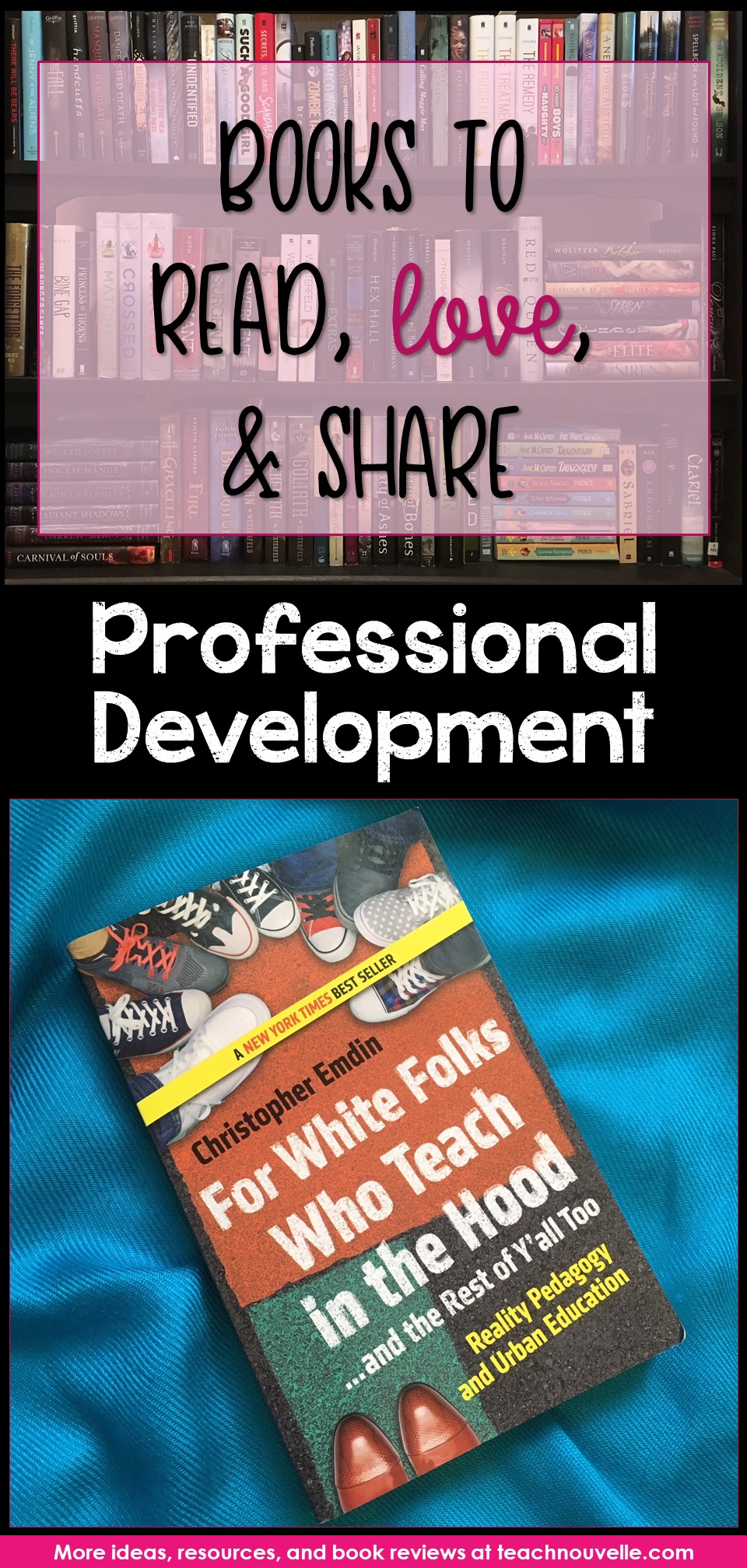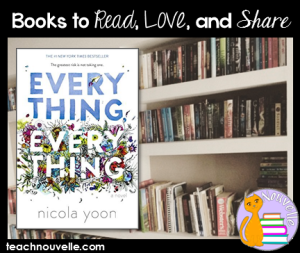This content has been archived. It may no longer be relevant
For White Folks Who Teach in the Hood by Christopher Emdin
In For White Folks Who Teach in the Hood… and the Rest of Y’all Too: Reality Pedagogy and Urban Education, Christopher Emdin shares his experience of learning and teaching in an urban setting and offers up a new approach to education. He dismantles stereotypes and advocates for a student-centered approach, even in “at-risk” classrooms. In this book, he shares the tenants of Reality Pedagogy.
“Merging real stories with theory, research, and practice, a prominent scholar offers a new approach to teaching and learning for every stakeholder in urban education.” –Goodreads
[Affiliate Disclosure: This post contains an affiliate link with Amazon. Should you choose to purchase this fabulous book using this link, the earnings will go towards the maintenance of this site and towards making sure you keep getting great content in the future. Thanks!]
This book is not an indictment of white educators, but rather a revocation of an outdated pedagogy that utilized one approach to transmit one worldview to all students, regardless of race and culture. Basically, public education in the United States is an inherently racist and classist system, and we need to be taking steps to dismantle the inequity. This book is full of actionable tips for the white teacher who wants to “know better, do better.”
I loved this book from the get-go, and I strongly encourage every white educator (in any locale, really) to read it. It is a call to action for you to understand the ‘new’ culture of your students. The tone is conversational, while still remaining highly reminiscent of a social scientist – namely, an educational anthropologist. The book unfolds as a continued comparison between Emdin’s neoindigenous population (our students) and indigenous populations living with a culture and worldview sometimes misunderstood by white people.
Some Ideas for Your Classroom from For White Folks Who Teach in the Hood
Emdin shares his “7 C’s” for Reality Pedagogy, and you can implement some of these in your classroom over time. Here are a few that really inspired me.
-
Metalogues (from Curation and Computing)
Metalogues are shared journals that are a type of informal communication between students and the teaching. At any given moment, the teacher can ask students to bring out their group’s journal, and then give them a prompt. Students write for a certain amount of time before passing the notebook to the next group member. They are sharing their ideas about the learning process, all while solidifying new concepts or making connections to old ones.
-
Coteaching
So, the idea of letting the student “be the teacher” has been around for a while, but Emdin calls us to this approach for new reasons. Essentially, we remain the content experts, but not the delivery masters. He urges us to let our students show us how to teach more effectively, so that we aren’t tearing our hair out when a perfectly planned lesson falls flat.
Emdin says that coteaching is not relinquishing control of the classroom, but rather a way to signal to your students that you value improving yourself as an educator. Emdin writes, “the neoindigenous student is positioned as the expert (in delivering information to other neoindigenous students), and the teacher is positioned as the person who needs to learn about the ways to teach to the neoindigenous” (89). He goes on to suggest that this method would work particularly well if you have multiple preps – you could have a student coteach the lesson in your first class of the day, and implement what you’ve learned from them as you pick back up teaching your other four (five? six?) classes.
-
W Board (from Context and Content)
I also loved Emdin’s take on the “W Board”, which is a dedicated bulletin board or whiteboard where students can post content-related questions at any time. This especially resonated with me as an introvert, since I would have enjoyed this platform for participation that wasn’t as public as asking a question in class. Emdin encourages students to ask questions that can stump even the teacher – and then the class can explore the question together later. He calls this board “a parking lot”, since tangential questions don’t have to disrupt the flow of the lesson, but can be addressed at any time (149).
What’s Next?
If you haven’t read this book, definitely add it to your list! You can order a copy on Amazon through my affiliate link, and I’d love you to come back and let me know what you thought. 🙂
If you’ve already read this book, what did you think? What were your “aha!” moments? What tips are you implementing in your classroom?
Happy teaching!






1 Comment
YA Cafe Podcast: The Hate U Give Book vs Movie
October 26, 2018 at 9:01 am[…] For further reading about how implicit bias affects education, I strongly recommend Pushout by Monique Morris and For White Folks Who Teach in the Hood by Christopher Emdin. […]